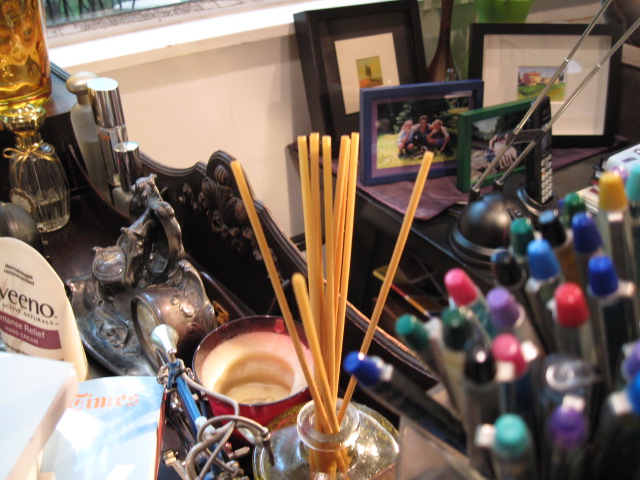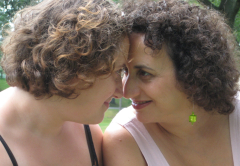What is so important about letting go? Why have I devoted chapter four of my book, The Other Side of Organized, to this specific topic? On a daily basis, the work I do with my clients revolves around letting go. Many days are spent editing and releasing papers, clothing, dishes, memorabilia, expired groceries, books, jewelry, toys, gifts, bags and many other items.
Letting go of these physical belongings, especially when they consume space and no longer provide value, transforms the attitude of the person releasing them. While they have had challenges in the past with letting go, when they finally fill bags of items to donate, recycle or discard, they become almost giddy. Their spaces, which felt overwhelming and cluttered, become places that feel good to live in. I feel fortunate that my clients allow me to be part of this transformative process.
What happens when you know it’s time to let go but you aren’t quite ready? The truth is that I’m thinking about a different type of letting go- not things, but children. Our youngest daughter is about to graduate high school. While it’s not time yet, she will be leaving for college in a few short months. After having kids, friends and activities grace our home for 20 plus years, our lives are about to dramatically change. Cassie is excited to be going to college. She’s ready. Intellectually, I know this is a good thing.
While I’ve thought about this time, prepared the best I could, encouraged more independence and pulled back a bit, there is still a pang in my heart because I understand that this beautiful segment of our lives is coming to a close. Sure, we’ll always be parents. Sure, we’ll always be here if our daughters need us. But the way we live day to day will cease to exist as we know it. This is the natural progression of raising kids. You nurture, love and encourage them. Then they go off and make their way in the world. It’s what you raise them to do.
I know a few things about letting go. It’s a necessity. It isn’t easy. But when you are willing to let go of what needs to be released, wonderful things do happen. I know Cassie will spread her wings and perhaps her parents will, too.





